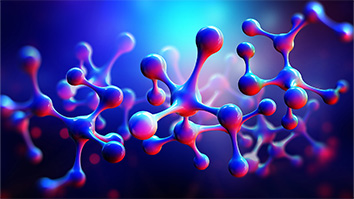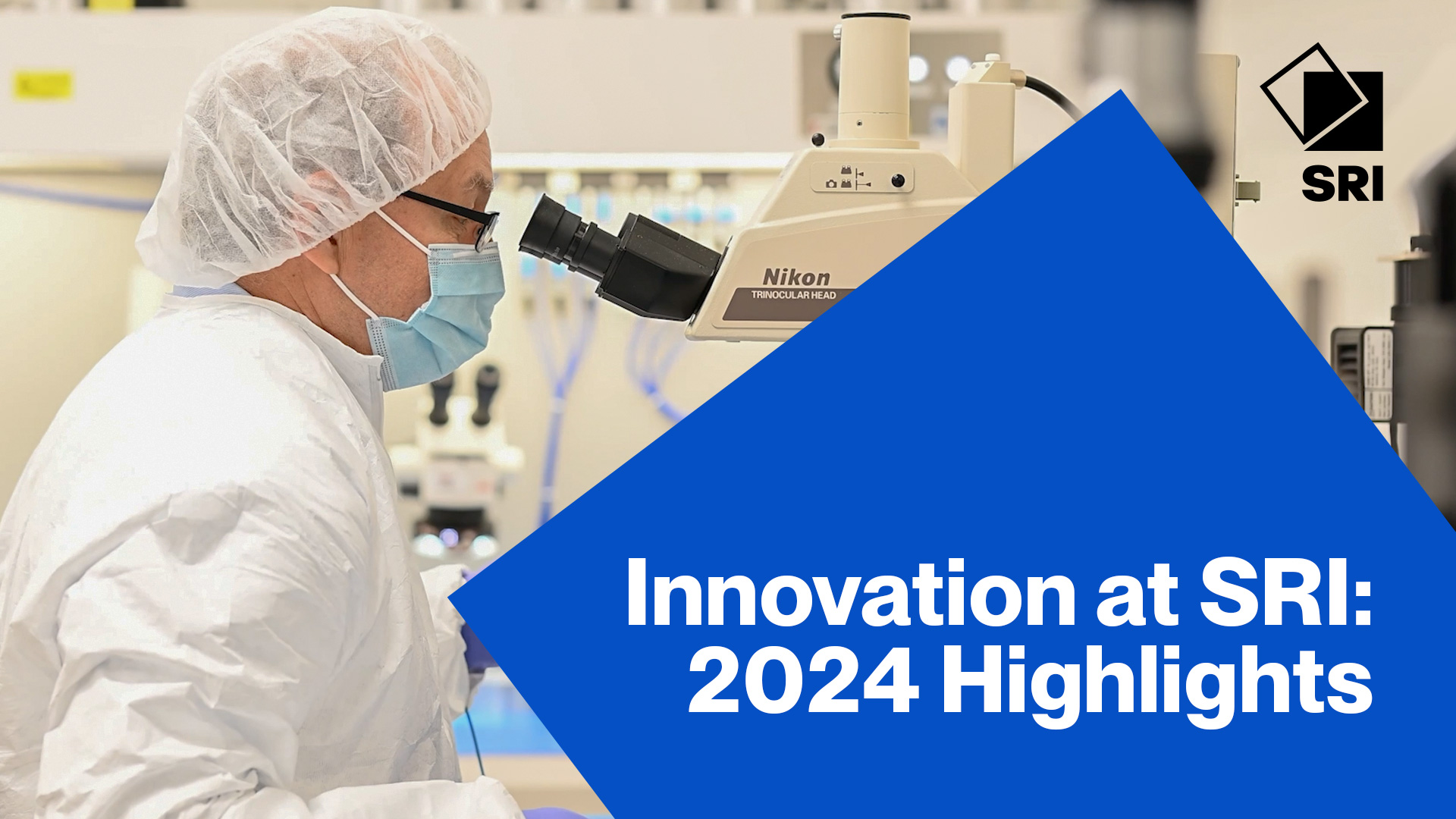Citation
Whiting, G. L.; Ng, T.; Krusor, B. S.; Russo, B.; Veres, J. Ink and substrate interactions in printed field-effect transistors. Printing Electronics – Ink and Substrate Interactions; 2012 August 1-2; Kalamazoo, MI.
Abstract
The fabrication and resulting performance of printed field-effect transistors (FETs) is strongly dependent on interactions between the fluid inks and solid substrates onto which they are printed. Fabrication of an FET requires multilayer printing of conductors, semiconductors and dielectrics at high resolution, and consideration of the properties of the each ink and the changing structure of the underlying substrate must be made to ensure optimal device performance and yield. By changing the properties of the ink (e.g. surface tension) and the properties of the substrate (e.g. surface energy) the size, spacing, placement, adhesion and morphology of the printed features can all be affected along with the device performance. This presentation will focus on examples of the materials and methods that are used to control ink and substrate interactions in ink-jet printed field-effect transistors. In particular, materials and methods used to control the surface chemistry of the various interfaces will be discussed, as the nature of these interfaces impacts not only the dynamics of film formation, but also the electronic properties (such as mobility and contract resistance) of the transistor. In addition, generalization of these results to other device types and printing techniques will also be made.


